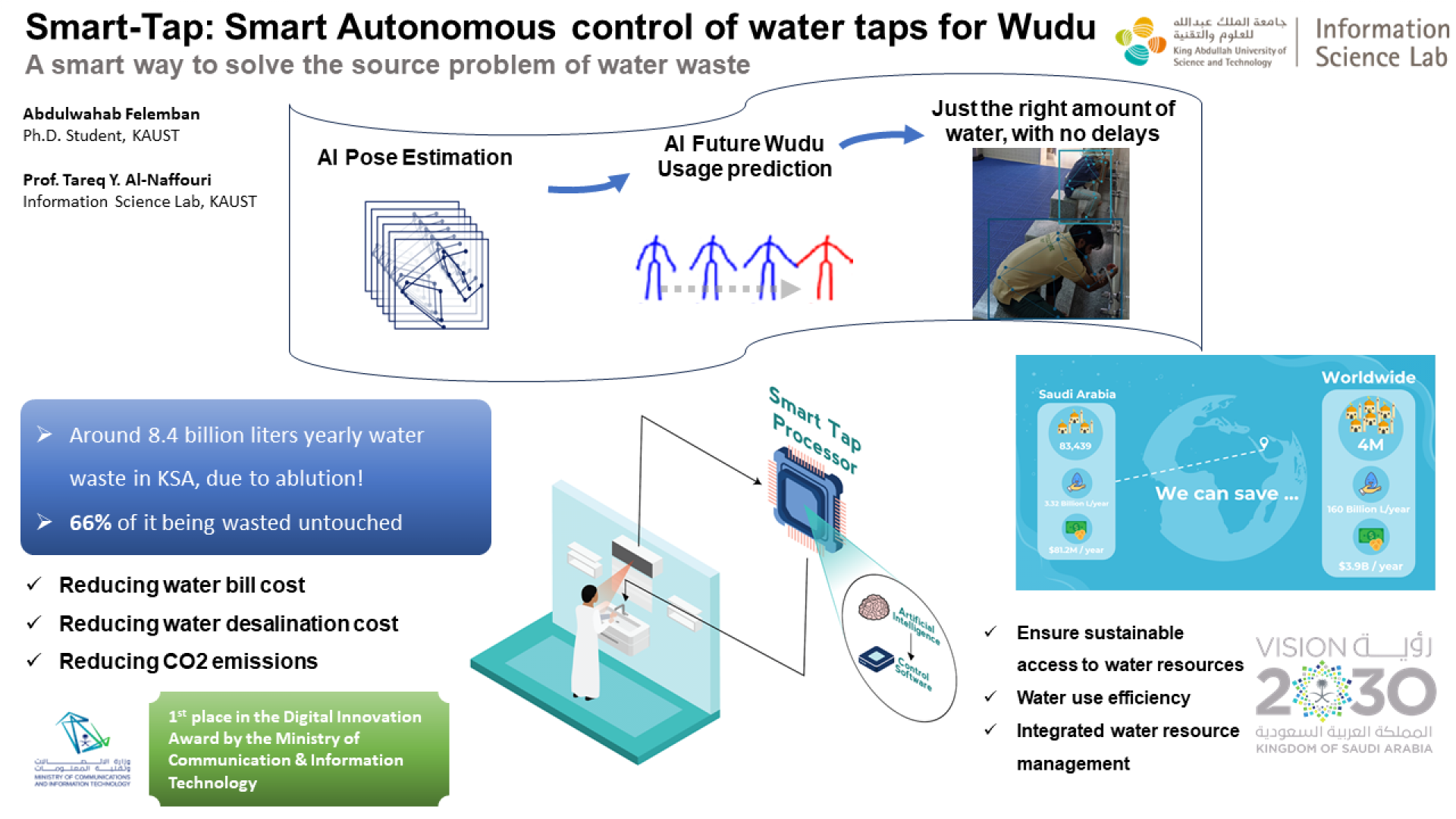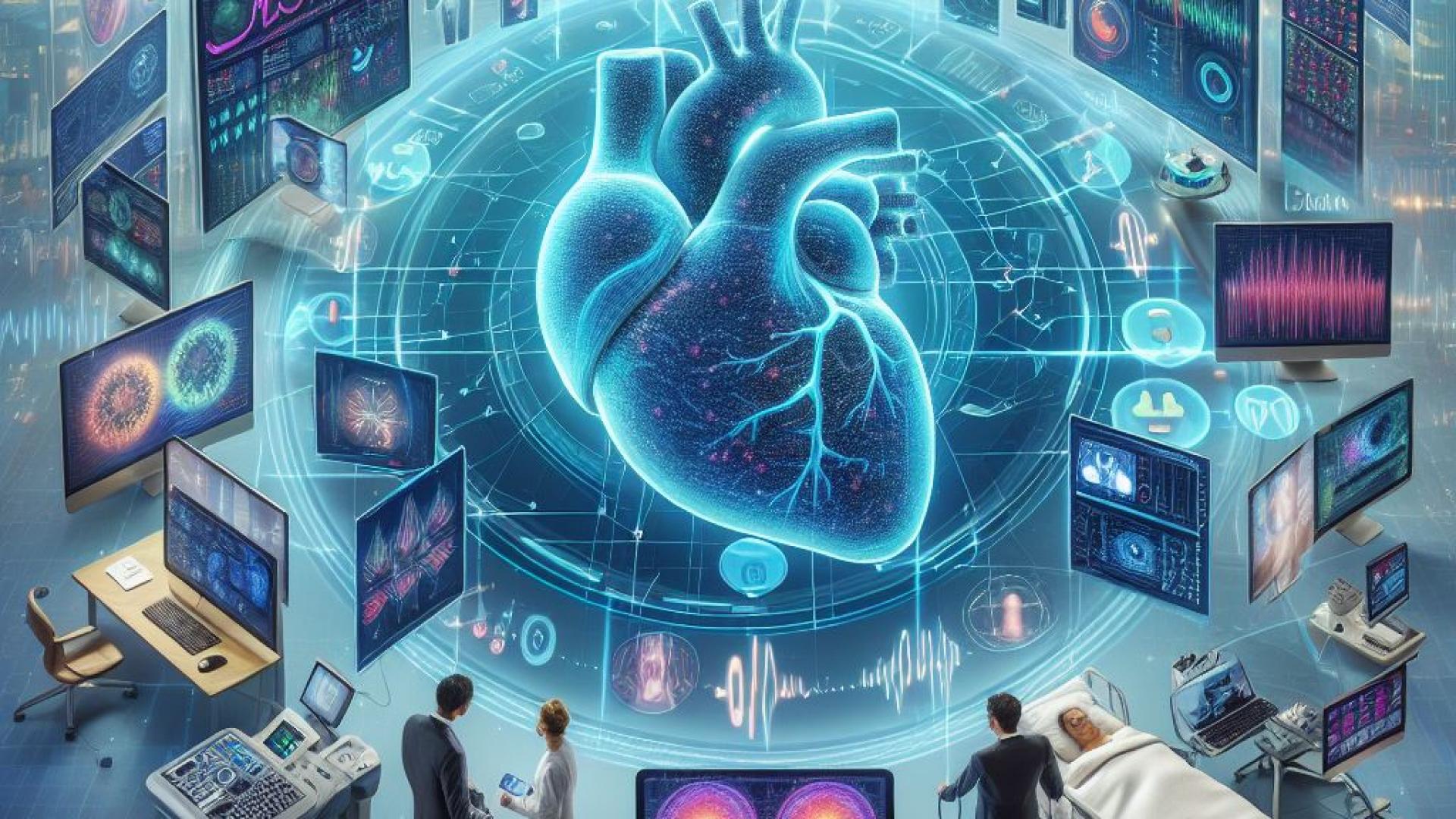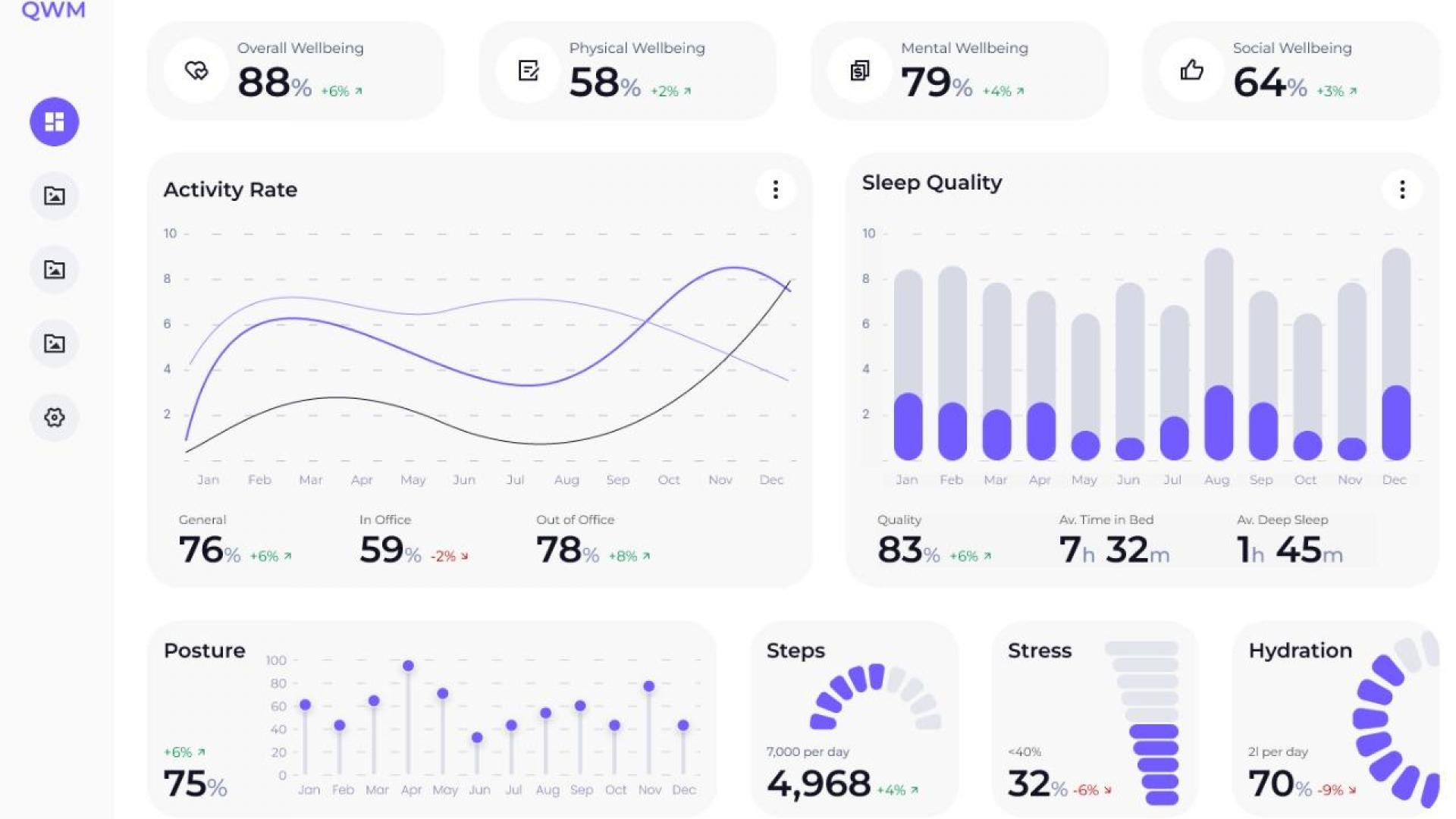Water is a precious resource, especially in arid regions like Saudi Arabia, where every drop counts. Ablution, or Wudu, a vital ritual in Islamic practice, significantly contributes to water consumption. With millions performing Wudu multiple times a day, the cumulative water waste is staggering.
Mobility Analytics is an innovative project designed to harness the full potential of 5G networks by providing profound insights into mobility patterns. This technology answers critical questions such as "why," "when," "what," and "how long" in the context of user mobility, creating new value opportunities for network operators and service providers.
The smart health project at Information Science Lab (ISL) leverages a wide range of sensing modalities for data acquisition from human subjects, and utilizes emerging artificial intelligence (AI) methods for analysis of various 1D biosignals, i.e., electrocardiography (ECG), photoplethysmography (PPG), phonocardiogram (PCG), electroencephalography (EEG) and more.
Boost Your Confidence and Improve Your Health with Qawam's AI-Powered Posture Monitoring Solutions
- Qawam is addressing the pervasive issue of poor posture resulting from the increasing use of screens in daily life.
Massive MIMO Communications
Oceans, which occupy 97% of planet Earth surface, produce numerous benefits to humankind, e.g., food supply, climate regulation, recreation, transportation, and medicine. Nevertheless, 95% of oceans remains unexplored, which necessitates deploying underwater wireless sensor networks (UWSNs), as a means to explore oceans and reserve their bio-diversity. Fig.
Global Navigation Satellite Systems (GNSS), including GPS, GLONASS, Galileo or BeiDou, are used in many applications, most notably tracking the position and attitude (or orientation) of a vehicle or any moving platform. The advances in automated driving systems have recently reignited interest in GNSS positioning and attitude determination.
The Internet of things (IoT) advancement relies on connecting a huge number of sensors that are inexpensive, simple structured and self-powered.
IoT network offers a solution to avoid and manage natural disasters (such as forest fire, floods, etc.).




